Selective Cutting vs Clear Cutting
- September 2, 2024
- 0 comment
Forest management and timber harvesting practices have evolved significantly, reflecting a balance between economic demands and environmental sustainability. Among the various methods employed, selective cutting and clear cutting stand out as the two primary approaches. Each method serves a unique purpose, tailored to specific forest types, management goals, and ecological considerations. Understanding the differences between selective cutting and clear cutting is crucial for making informed decisions in forest management, ensuring that both economic and ecological objectives are met.
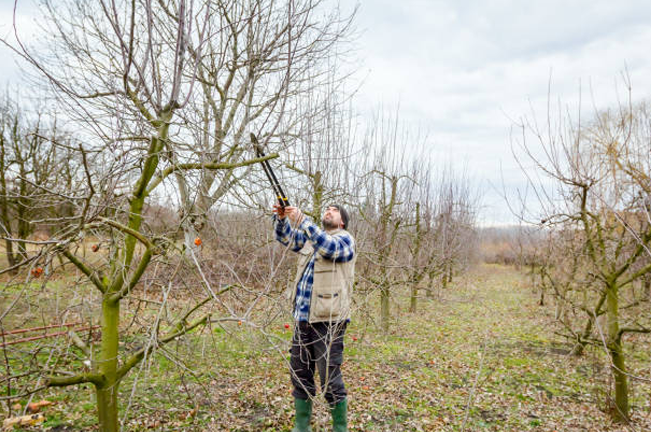
List of Selective Cutting vs Clear Cutting
- What is Selective Cutting?
- What is Clear Cutting?
- Comparing Selective Cutting and Clear Cutting
- Environmental and Sustainability Considerations
- Policy and Regulation
What is Selective Cutting?
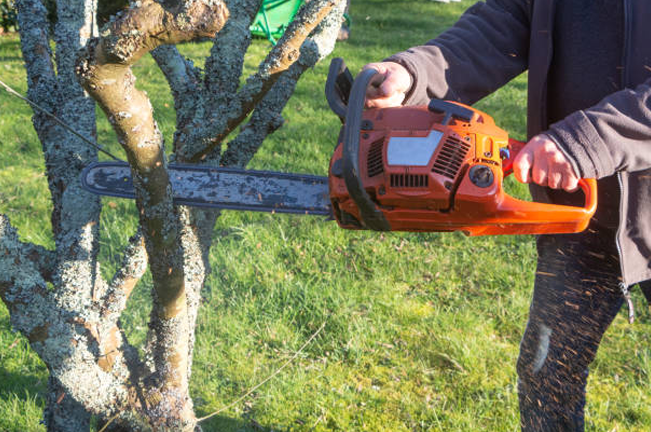
Selective cutting is a forestry practice that involves carefully choosing and removing specific trees from a forest, leaving the surrounding trees largely intact. This method prioritizes the health and diversity of the forest, aiming to maintain or enhance the ecological balance while still allowing for timber extraction.
Key techniques used in selective cutting include:
- Single-tree selection: Harvesting individual trees based on criteria such as age, size, or species, while leaving the majority of the forest untouched.
- Group selection: Removing small clusters of trees to create openings that encourage the growth of shade-intolerant species.
Environmental and Ecological Benefits of Selective Cutting
Selective cutting minimizes the disruption to the forest ecosystem. By maintaining continuous forest cover, it helps preserve biodiversity, protects soil integrity, and supports wildlife habitats. Additionally, selective cutting can promote forest regeneration, as the remaining trees provide seed sources and shelter for new growth.
What is Clear Cutting?
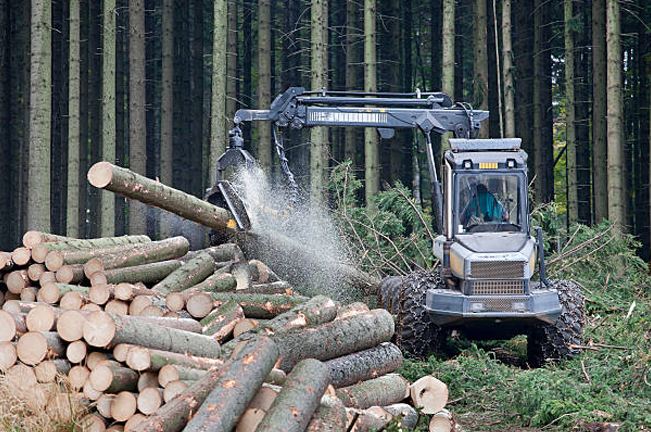
Clear cutting involves the removal of all or most trees in a designated area, resulting in a completely open space. This method is often used for commercial purposes, where the goal is to maximize short-term timber yield. Clear cutting can vary in scale and technique, including:
- Patch clear cutting: Removing trees from small, defined areas to create openings within the forest.
- Strip clear cutting: Harvesting trees in narrow strips, leaving adjacent areas untouched to allow for natural regeneration.
Rationale Behind Clear Cutting
Clear cutting is sometimes preferred in forestry practices where the focus is on high-volume timber production or when regenerating species that require full sunlight, such as pines. This method is also used in areas where natural disturbances, like fire or windthrow, would naturally create similar conditions.
Environmental and Ecological Impacts of Clear Cutting
While clear cutting can be economically advantageous, it often comes with significant environmental drawbacks. The removal of trees in large areas can lead to soil erosion, loss of biodiversity, and disruption of water cycles. Additionally, clear cutting can fragment habitats, leading to long-term ecological imbalances.
Comparing Selective Cutting and Clear Cutting
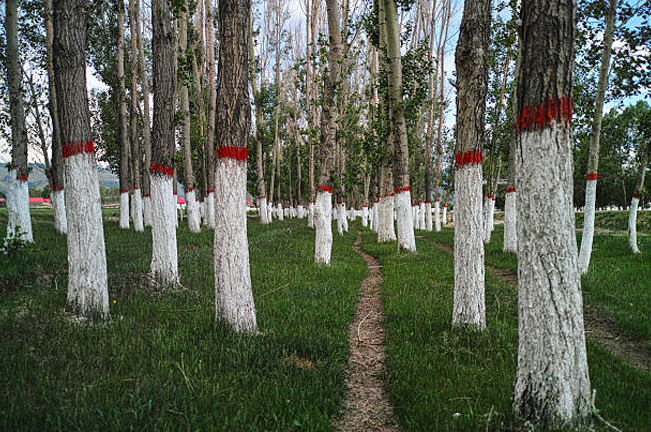
Side-by-Side Comparison:
- Economic Considerations: Clear cutting is generally more cost-effective and generates higher short-term revenue due to the large volume of timber harvested at once. Selective cutting, on the other hand, may have higher operational costs but offers long-term value through sustained timber production and ecosystem services.
- Ecological Impacts: Selective cutting supports biodiversity, soil health, and water regulation, while clear cutting poses risks such as habitat destruction, soil degradation, and increased runoff.
- Social and Cultural Implications: Clear cutting is often viewed negatively by the public due to its visible impact on the landscape, while selective cutting is seen as a more sustainable and environmentally friendly approach.
Environmental and Sustainability Considerations
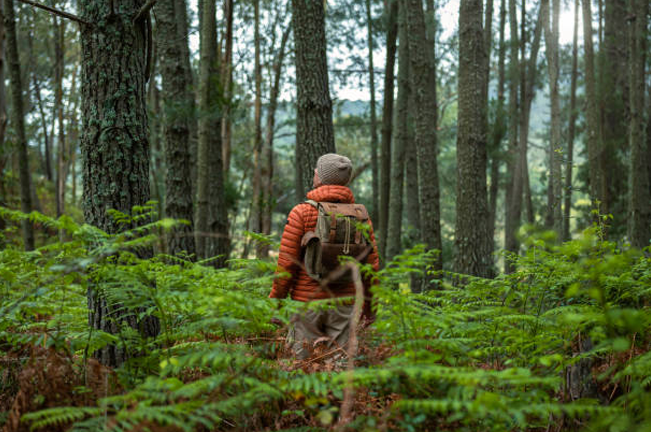
Role of Forest Cutting Methods in Sustainable Forestry
Sustainable forestry aims to balance the needs of the environment, economy, and society. Selective cutting aligns more closely with these goals, as it maintains forest structure and function, supports ecosystem services, and reduces the risk of long-term environmental damage.
How Selective Cutting Supports Ecosystem Services and Conservation
By preserving forest cover, selective cutting helps maintain water quality, carbon sequestration, and habitat continuity. It also allows for ongoing recreation and tourism opportunities, which are vital for local economies.
Risks and Long-Term Consequences of Clear Cutting
Clear cutting can lead to severe consequences, such as soil erosion, loss of wildlife habitats, and decreased carbon storage capacity. However, with proper planning and mitigation strategies, such as reforestation and buffer zones, some of these impacts can be minimized.
Policy and Regulation
Overview of Laws and Regulations Governing Forest Cutting Practices
Forest cutting practices are regulated by a combination of local, national, and international laws. These regulations aim to ensure that forestry activities do not compromise environmental integrity or violate the rights of indigenous and local communities.
Approaches to Selective Cutting and Clear Cutting Across Regions
Different regions have adopted varying approaches based on their ecological conditions and management goals. For example, the United States Forest Service often promotes selective cutting in national forests, while Canada’s boreal forests see more clear cutting due to the dominance of shade-intolerant species.
Role of Certification Programs
Certification programs like the Forest Stewardship Council (FSC) and the Programme for the Endorsement of Forest Certification (PEFC) play a crucial role in promoting sustainable forestry practices. These programs encourage the use of selective cutting and other sustainable methods, ensuring that forest products are sourced responsibly.
Frequently Asked Questions (FAQs)
1. What is the main difference between selective cutting and clear cutting?
Selective cutting involves the removal of specific trees, leaving the majority of the forest intact, whereas clear cutting removes all or most trees in a designated area, resulting in a completely cleared landscape.
2. What are the ecological benefits of selective cutting?
Selective cutting helps maintain biodiversity, preserves soil health, protects water quality, and supports the natural regeneration of forests, making it an environmentally sustainable practice.
3. Why is clear cutting used if it has significant environmental impacts?
Clear cutting is often used for its economic efficiency and to promote the growth of certain tree species that require full sunlight. It is also used in areas where natural disturbances would naturally create open spaces.
4. How does selective cutting impact forest regeneration?
Selective cutting promotes natural regeneration by leaving seed sources and sheltering new growth. This method helps ensure that the forest can continue to thrive and sustain its ecosystem services.
5. What are the long-term environmental risks associated with clear cutting?
Long-term risks of clear cutting include soil erosion, habitat fragmentation, loss of biodiversity, disruption of water cycles, and reduced carbon sequestration.
6. How do selective cutting and clear cutting compare economically?
Clear cutting is typically more cost-effective and yields higher short-term revenue due to the large volume of timber harvested. Selective cutting, while more expensive, provides long-term value through sustained timber production and ecosystem health.
7. Can clear cutting ever be sustainable?
Clear cutting can be made more sustainable through careful planning, reforestation, and the creation of buffer zones to minimize environmental damage. However, it still poses significant risks compared to more conservative methods like selective cutting.
8. What role do laws and regulations play in forest cutting practices?
Laws and regulations at local, national, and international levels govern forest cutting practices to ensure environmental protection, sustainability, and the rights of indigenous and local communities.
9. How do certification programs influence forest cutting methods?
Certification programs like FSC and PEFC promote sustainable forestry practices by encouraging methods like selective cutting and ensuring that forest products are sourced responsibly.
10. Which method is better for sustainable forestry: selective cutting or clear cutting?
Selective cutting is generally considered better for sustainable forestry due to its ability to maintain forest health and biodiversity. Clear cutting may be appropriate in specific scenarios but carries higher environmental risks.

Gilbert Griffin
Forestry AuthorGilbert Griffin is a forest management expert specializing in sustainable practices, forest health, conservation, and land management. With extensive knowledge in pest control, disease management, and habitat restoration, Gilbert develops strategies to preserve forest ecosystems and biodiversity. Passionate about the natural world, Gilbert adapts to changes in forest management and stays updated through continuous learning. Gilbert also provides seasonal advice to optimize forest care throughout the year.


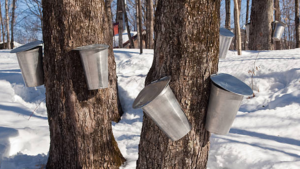
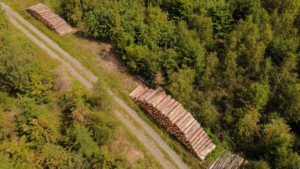
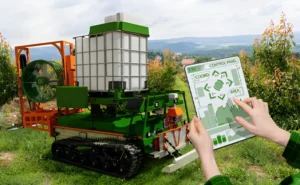
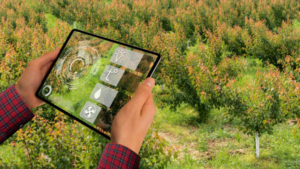
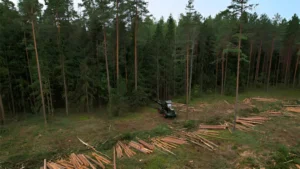
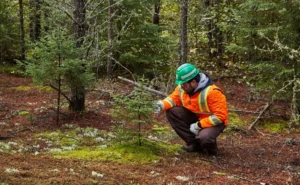


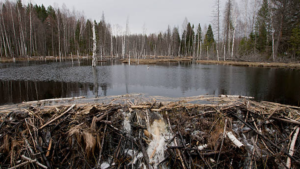
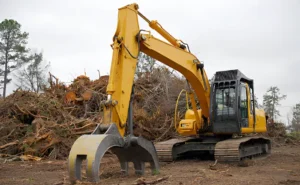
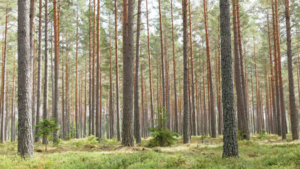
Leave your comment